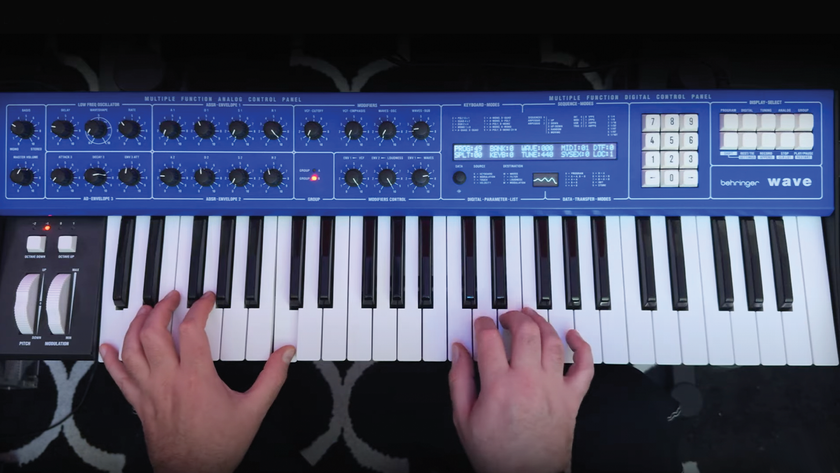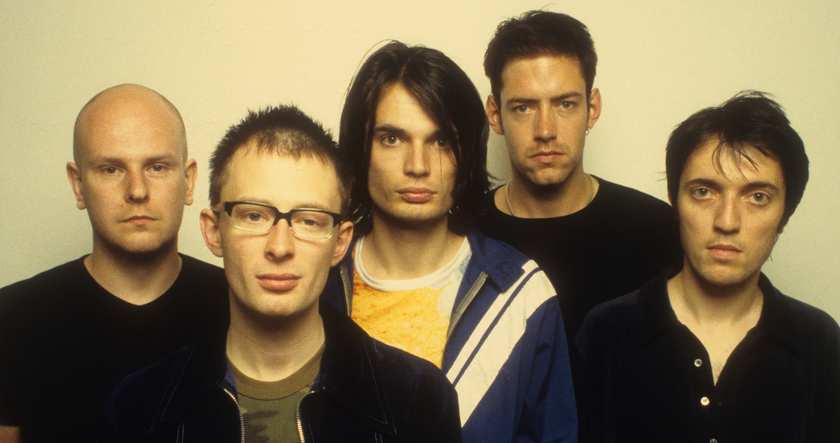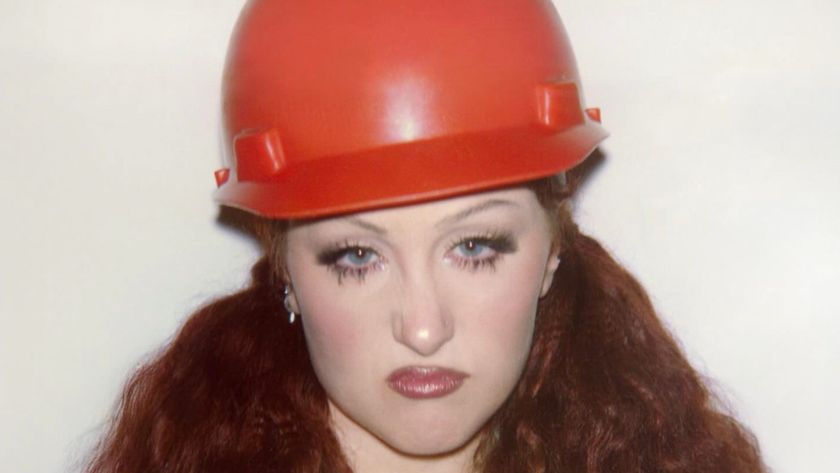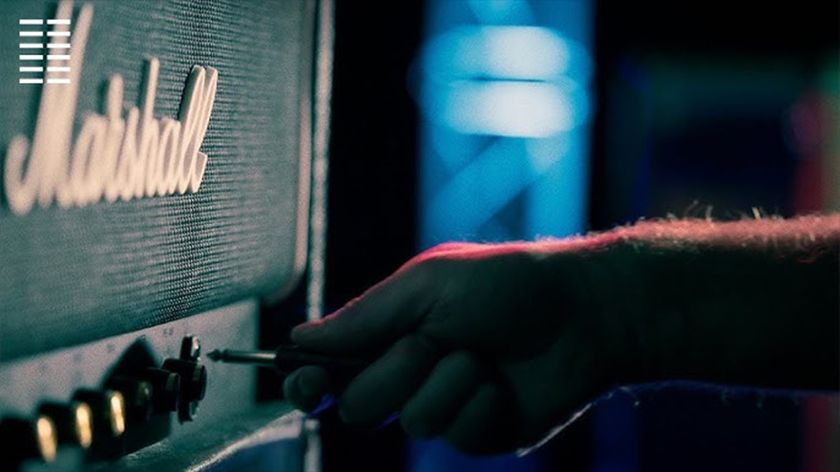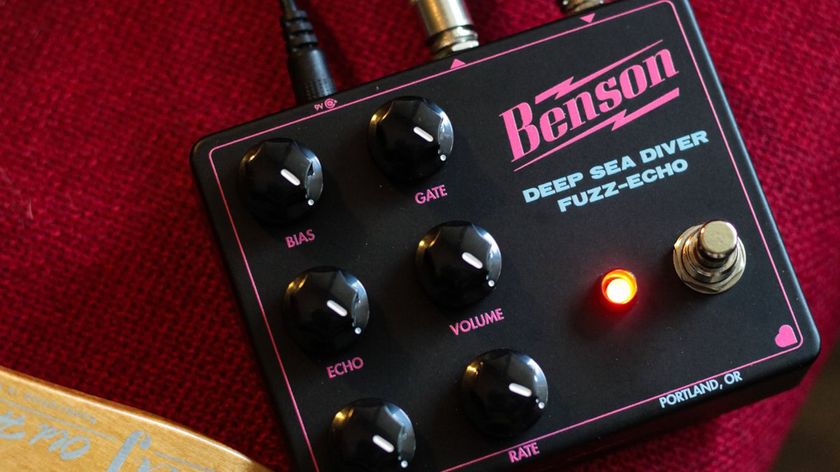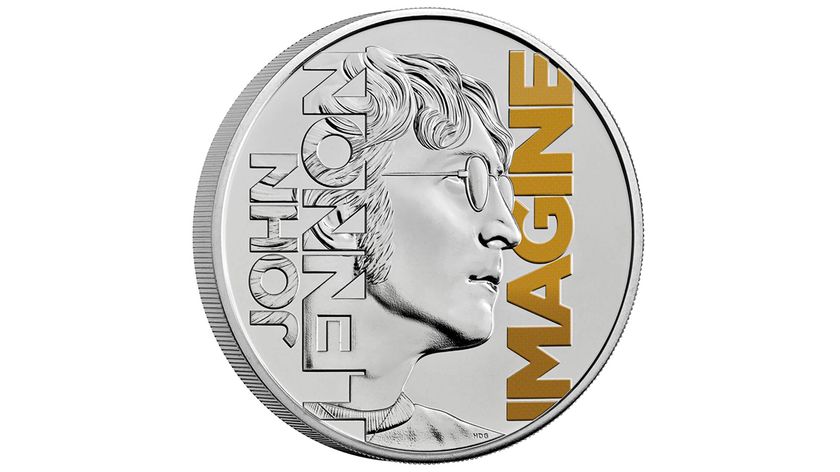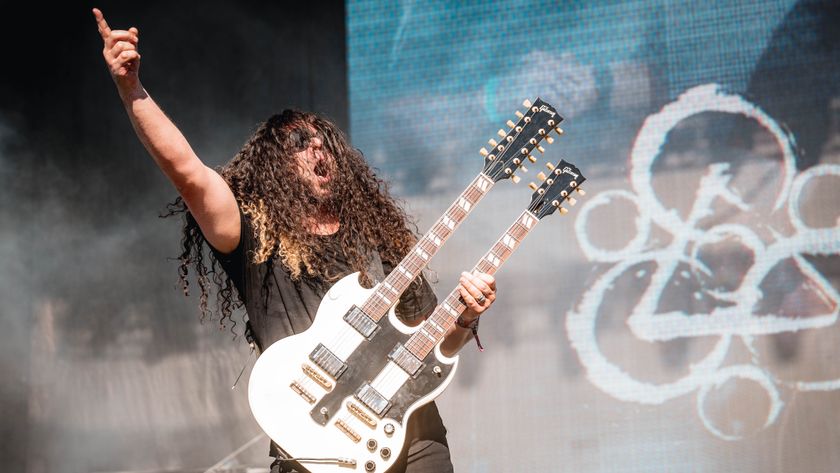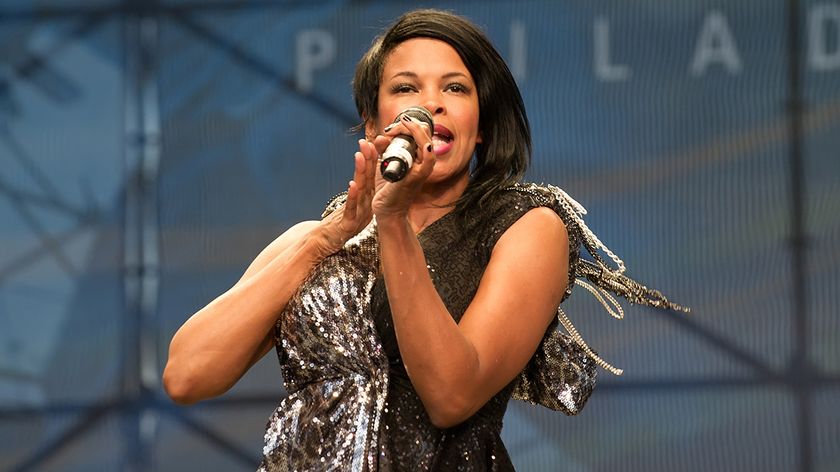Cheap Trick's Rick Nielsen: “I haven’t practised guitar since 1967!”
Eccentric electric legend on writing, his 500+ guitar haul and selling Jeff Beck a Les Paul
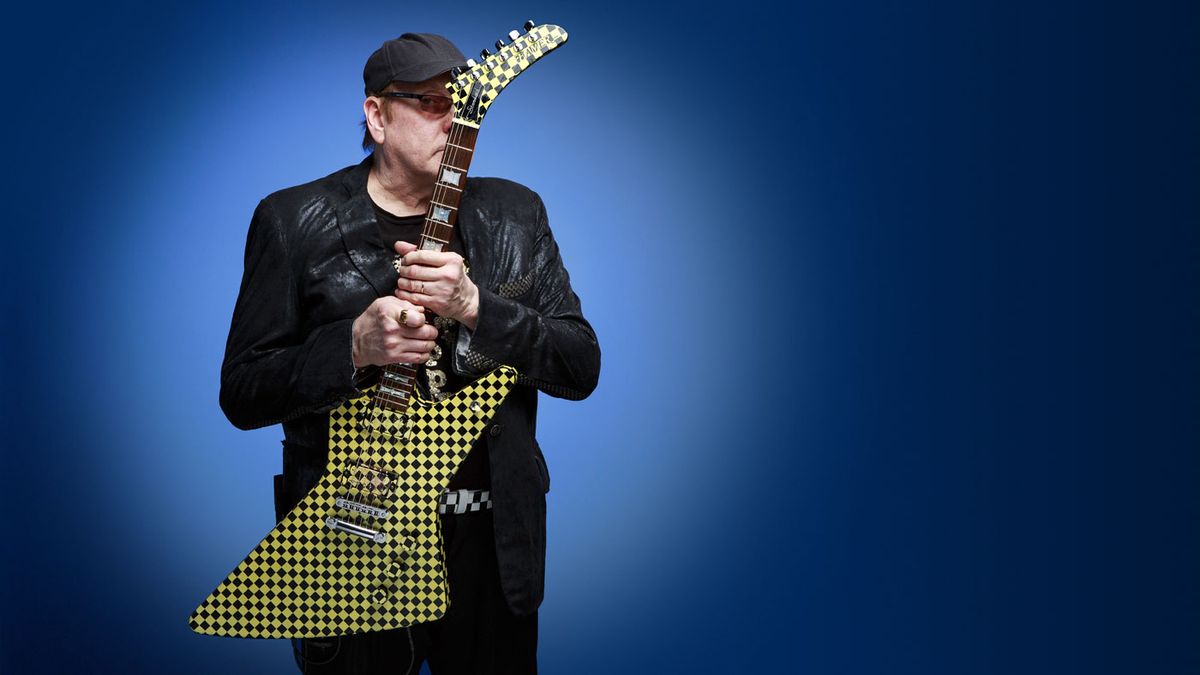
Cheap Trick legend Rick Nielsen talks us through over four decades of rock ’n’ roll brilliance and getting to know his biggest guitar hero...
Cheap Trick are right in the middle of soundcheck when founding guitarist Rick Nielsen starts heckling us and waves us up onstage. “Hey, is that Total Guitar? I’ve got a good tip for you guys… practise!”
Much like his personality, his guitar playing is loud and proud, bold and brash, littered with all manner of spontaneous ring slides and left-hand trills. His amps are cranked loud and there’s seemingly no end to the amount of feedback at his fingertips. In many ways, it’s like he’s the American Angus. After running through a few tracks, he looks over and shrugs his shoulders as if it was all effortless.
I haven’t practised since 1967. I haven’t changed a string or tuned a guitar in about 40 years
The US rock heroes have been going for 44 years and are showing no signs of letting up. Everyone from Dave Grohl, Slash and Billie Joe Armstrong to Kurt Cobain have cited the Illinois quartet as an inspiration for their knack in writing songs that were brilliantly catchy as they were heavy - something which stands true of their music today with this year’s 18th full-length We’re All Alright!. Rick Nielsen looks back on a career of defying expectation…
How would you describe yourself as a guitarist?
“Well, I haven’t practised since 1967. I haven’t changed a string or tuned a guitar in about 40 years, haha! The way I look at it, I’m a songwriter that just happens to play guitar. As a result, I play rhythm and lead, because somebody has to, and ultimately I play for the song.
“I’ve written some good songs… but I’ve written some shitty stuff, too. I like it simple - I don’t have effects out in front of me, other than one wah pedal that I use on one song every night to simply make three noises. There’s no actual wah playing, as such!
Get the MusicRadar Newsletter
Want all the hottest music and gear news, reviews, deals, features and more, direct to your inbox? Sign up here.
“When I write songs, it’s just me and a cassette player - or at least it used to be before smartphones - to quickly record a basic idea. But in this band, it’s never like ‘Here’s my demo.’ People forget you can spend longer on demos than you do writing the actual songs. It’s all basically just blues riffs I make up as I go along!”
What are the main secrets to writing rock songs that stand the tests of time?
“If you don’t have a great chorus, write a good bridge first. I often do that and find I write good bridges. If you discover something that goes between this part and that part, holding it all together - that’s kinda key! That’s why some of the songs like Dream Police start right in the chorus, instead of waiting for it to come. Then the bridge is manic but you can’t start off with that - it all needs to be interesting enough to go between the chorus and verse.
“I wrote the song a long time before I finished the song… that bridge was from a song called Ultramental. I had this double neck four-string bass and a six-string guitar and Tom (Petersson) was playing this Hagstrom eight-string at the time. We started playing it and it was dumb, so we forgot about it until that middle part came back for Dream Police. It wasn’t planned that way. It was a good part without that duelling bass thing, finally we had a good place to put it.”
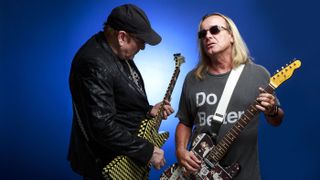
A perfect pairing
Robin Zander has sung and played rhythm by your side throughout your recording career. Why do you think the pair of you work so well together?
“Robin’s a great singer and I write okay songs, that’s how it works! Sometimes we’d tell him, ‘Here’s the melody’ and he could sing it way better than any of us. I could hit the pitch and range okay, but I don’t have a lead singer voice. He sounds too good and I sound too shitty, so together it’s a bit heavy duty. If we had 10 Robin voices, we’d sound like The Eagles or Crosby, Stills and Nash… because his voice is that good.
“He’s just perfect for my guitar playing. He’s the singer I’ve always wanted to have. With all the other people I’d worked with before, there was always a lack of excitement about vocals. Look at Bob Dylan, his voice is not a great sound, but it gets the idea across… and that is what’s really important.”
You use your fingers a lot. What made you gravitate away from using the pick?
“It’s just how I play. I don’t need a pick all the time; I don’t want everything to sound hard and heavy. I’m not like Billie Joe Armstrong in that sense, though I have to say it’s perfect for what he does. I prefer to fingerpick and play my own funny songs. That’s what feels right for me.
“I always wrote songs so I could look at the audience and not my neck… I mean, who cares what’s going on with the fretboard? I want to see people picking their noses or looking the other way, haha! I like using my rings a lot, too - dragging them across the strings makes a big ‘whoosh’ sound. For me, that’s almost like an effect.”
You’ve often pointed out Jeff Beck as an influence - which could also explain the finger approach…
I sold Jeff Beck the second Les Paul he ever owned on 4 June 1968. It was a ’59 that had a Bigsby on it…
“A lot of it comes down to Jeff Beck - he’s my favourite because he came up with things no-one else played. I guess that’s why I like him so much. I have a lot of Jeff Beck history, even on my phone. There’s a picture of my ticket to see him on 11 December 1965 with The Yardbirds. He played about 15 minutes from my house at the Rock River Roller Palace.
“You know, I sold Jeff Beck the second Les Paul he ever owned not long after on 4 June 1968. I’m not kidding one fucking bit! It was a ’59 that had a Bigsby on it… If you look close, you can see where it used to be. I traded a Gibson SG and $25 for it. I have pictures of me with him, Buddy Guy and Stevie Ray Vaughan 10 years after selling him that guitar.”
Not many people can say they’ve met SRV… what was he like?
“Stevie was really great - I knew him back from Texas before he was famous, when he was this unknown hotshot fucking guy. He was a bit of a wildman, so you could say he did fit right in with me. As a lead guitarist, I can play to a level… but that guy that could stand up and play solos all day long by himself. That’s the difference - I need a band. I need Robin Zander, a good drummer and bassist. I can’t do that stuff by myself, I’m just not that kinda guy.”
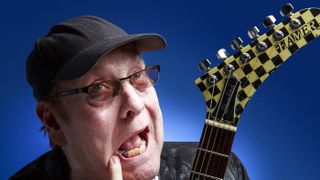
Dealer to the stars
How did you end up getting to know all these older guitar players?
“I flew to Cleveland to a place called Le Cave for three nights of the Jeff Beck Group, with Micky Waller, Ronnie Wood and Rod Stewart. I was also in Chicago for the Kinetic Playground shows where everyone did two performances, which Led Zeppelin and Jethro Tull also played at.
“I went to all of that stuff back then - I’d already seen Jethro Tull the year before at the Marquee Club in London, which was the first time I was ever over here. In December 1969, I saw Yes when Tony Banks was in the band. I was always going to gigs… Anyways, one time when Jeff was playing he sat his guitar on the top of his amp and the roadie picked it up by the body, accidentally knocking it down. I don’t think anybody else in the place noticed except for me as I was totally glued looking at all of his gear.
“I went backstage, because it wasn’t like today where you can’t do that, and saw his road manager asking if I could talk to Jeff about something that was wrong with his guitar. I explained that I collected guitars, lived 90 miles away and Jeff was my biggest hero, blah blah, I’d seen him at La Cave in The Yardbirds. The whole bullshit story because this guy didn’t know me at all, so I handed him my number…”
And he called back?
I have about 500 guitars right now, something like that. There’s around 150 Gibsons, 40 or 50 Fenders and then 150 Hamers
“A week later I got a call from that manager guy saying, ‘Hold on for Jeff Beck!’ So I got invited out to see them in Philadelphia, which was really far away. I took about five or so guitars with me, some Juniors and some Standards. When I got to the club, Ronnie Wood was sharing out tea from an antique set he got from a store... I’d already been to see them at La Cave, when there was maybe eight people there.
“I was still in high school back then and flew over during the week. Not many people did that kind of shit in those days - a 100 miles, maybe, but Cleveland was nearly 800 miles away. But I flew to Philadelphia and sold him a guitar for $350.”
You’re a well-known collector of guitars. How many do you think you own, in total?
“To be honest, I have about 500 guitars right now, something like that. There’s around 150 Gibsons, 40 or 50 Fenders and then 150 Hamers, as well as others - I’ve always liked double-necks! So when you do the math, I guess it’s around 500. I definitely didn’t start out with that many! I started out with one, just like everybody else.
“My rarest is a 1963 Guild Merle Travis with all this crazy ornamentation on it… they only ever made three of them. They went for $2,000 in ’63 and would fetch around a million today… if I could find some fool with enough money to buy it haha! It had been thrown into a fireplace, the neck was completely broken. It cost me more money to have it repaired than to buy it!”
There are few guitarists like you, but is it be fair to say that Angus Young would be one of them?
“Actually, I tried to emigrate to Australia in 1973, so I probably could have been in AC/DC… though thinking about it, I’m probably too tall, haha! I totally love those guys - they’re the only band I would stay around to watch every show for.
“We did a lot of shows with them around the end of the 70s. We would flip-flop too, one night they would close, the next night we would. It was good - we were both unknown and just getting going. I think they got going a little faster, but I’d like to think we both did fine in the end...”
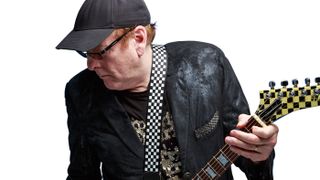
Amit has been writing for titles like Total Guitar, MusicRadar and Guitar World for over a decade and counts Richie Kotzen, Guthrie Govan and Jeff Beck among his primary influences. He's interviewed everyone from Ozzy Osbourne and Lemmy to Slash and Jimmy Page, and once even traded solos with a member of Slayer on a track released internationally. As a session guitarist, he's played alongside members of Judas Priest and Uriah Heep in London ensemble Metalworks, as well as handling lead guitars for legends like Glen Matlock (Sex Pistols, The Faces) and Stu Hamm (Steve Vai, Joe Satriani, G3).

“The look of a road warrior that has many more glorious miles ahead of it”: Charvel’s new limited edition Super-Stock So-Cal Style 1 is a box-fresh hotrodded S-style that looks like it’s got some serious city miles on it
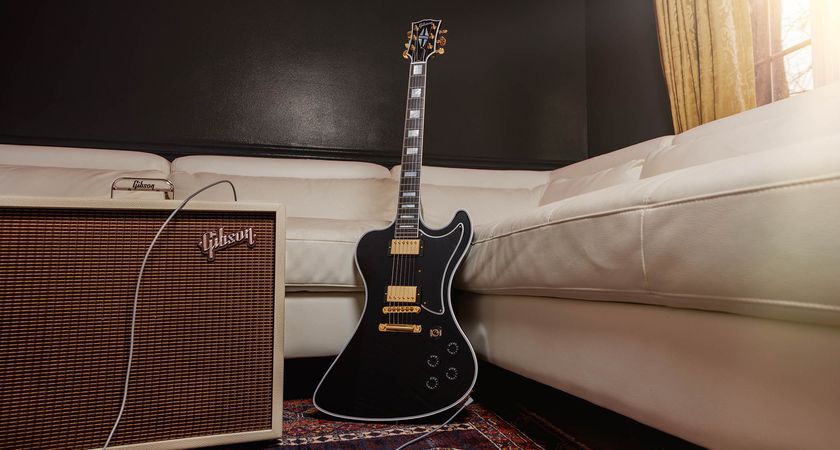
“One of my favourite forgotten Gibson designs of all time”: The cult-classic RD Custom is officially back (in black)




